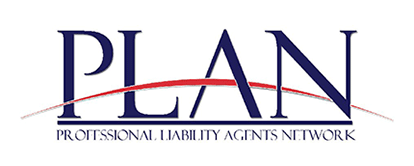The Design Professional’s Balancing Act
Every Design Professional remembers their first “first-time client.” They walk into the studio brimming with excitement and Pinterest boards, but often with little understanding of budgets, schedules, or the regulatory maze that shapes design and construction. Their enthusiasm can be contagious but without proper guidance, catastrophic. Managing inexperienced clients isn’t about tolerance; it’s about leadership. It requires patience, empathy, and the ability to translate complex processes into human language. When done well, these projects can become models of trust and success. When handled poorly, they can turn into cautionary tales of unmet expectations, legal headaches, and financial loss. “Unmet expectations are one of the most common causes of client dissatisfaction and a leading driver of claims against design professionals.” Ask any insurance broker, lawyer, or claims consultant about this statement. They will agree without question. The reality is that Design Professionals work in an era of heightened liability and blurred boundaries. The client who doesn’t understand their role, or the Design Professionals, can unintentionally expose your firm to significant risk. That’s why the ability to manage inexperienced clients isn’t a soft skill; it’s a strategic one.

